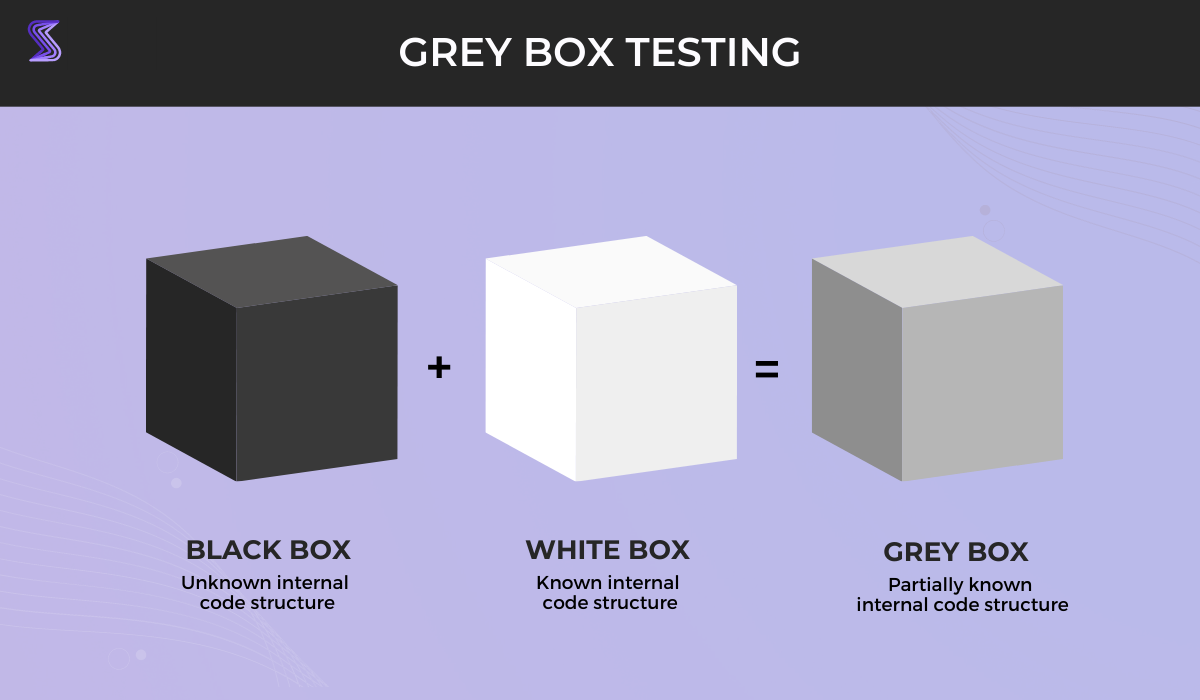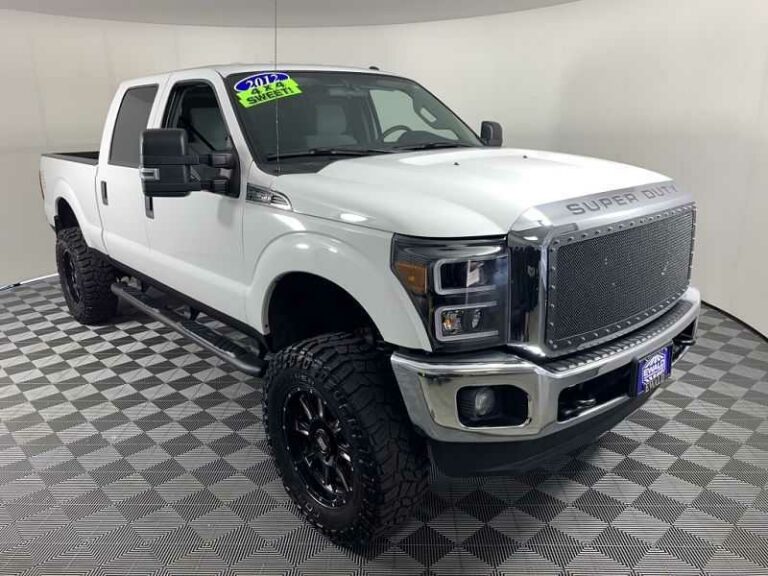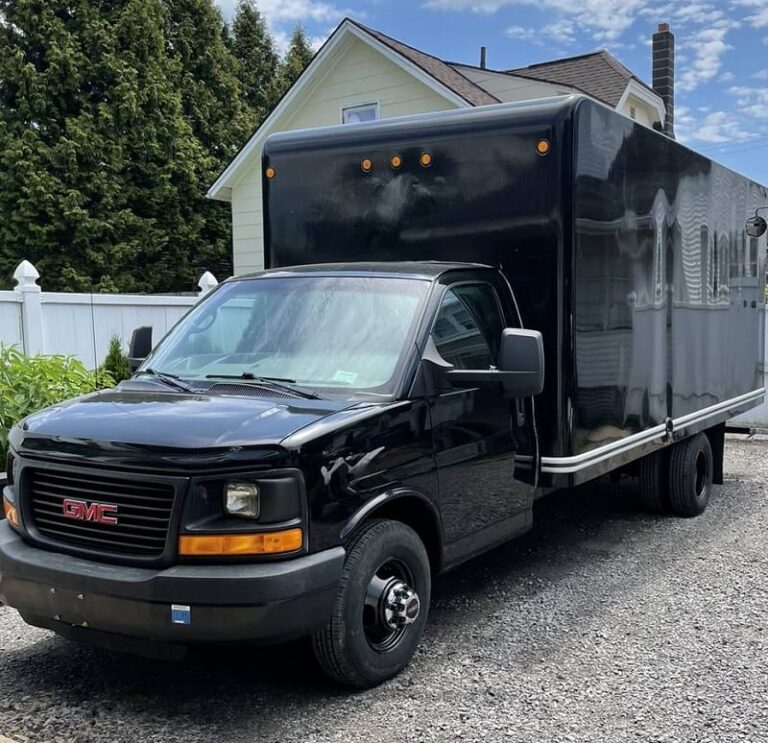Box Truck Height Clearance: Your Ultimate Guide to Safe Navigation
Box Truck Height Clearance: Your Ultimate Guide to Safe Navigation cars.truckstrend.com
In the bustling world of logistics, last-mile delivery, and DIY moves, box trucks are ubiquitous. From local businesses delivering goods to individuals relocating their homes, these versatile vehicles play a crucial role. However, beneath their convenience lies a critical consideration that is often overlooked until it’s too late: Box Truck Height Clearance.
This seemingly simple concept refers to the maximum vertical space a box truck can occupy without striking an overhead object. It’s the difference between a smooth, successful journey and a catastrophic, costly incident. Ignoring or misjudging height clearance can lead to severe damage to the truck, infrastructure, and even pose a significant risk to life and limb. This comprehensive guide will delve into every facet of box truck height clearance, equipping you with the knowledge and strategies to navigate safely and efficiently.
Box Truck Height Clearance: Your Ultimate Guide to Safe Navigation
Understanding Your Box Truck’s Dimensions
The first step to mastering height clearance is to intimately know your vehicle. Unlike passenger cars, box trucks vary significantly in height.
Typical Box Truck Heights:
- Small Box Trucks (e.g., 10-14 ft): Often used for local deliveries or small moves, their heights can range from 10.5 feet to 11.5 feet.
- Medium Box Trucks (e.g., 16-22 ft): Popular for medium-sized moves or commercial deliveries, these typically stand between 11.5 feet and 12.5 feet tall.
- Large Box Trucks (e.g., 24-26 ft): The largest non-CDL box trucks, they can reach heights of 12.5 feet to 13.5 feet, approaching the legal maximums for many roadways.
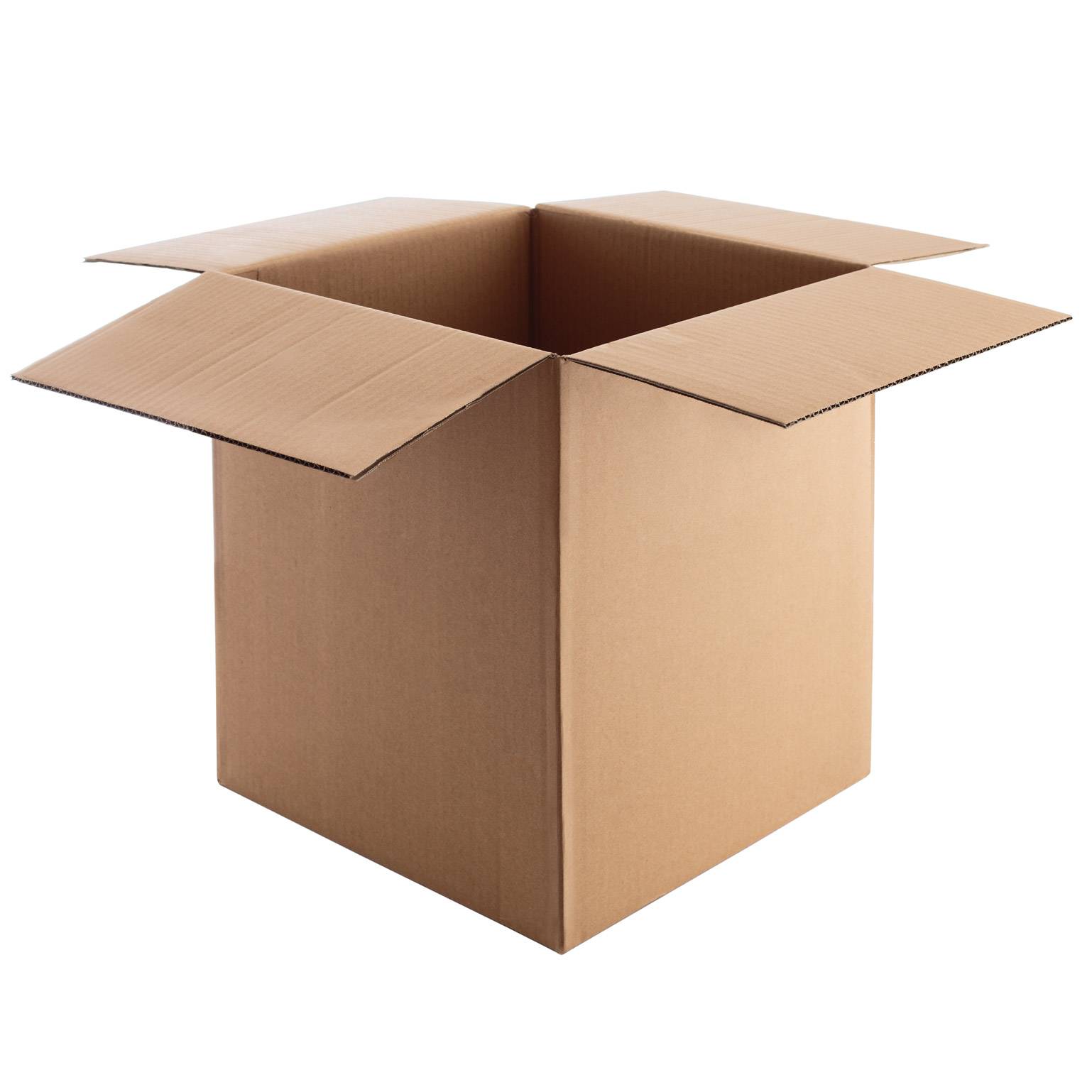
Crucially, these are general estimates. The actual height of your specific truck can vary based on:
- Manufacturer and Model: Different designs will have slightly different dimensions.
- Modifications: Roof-mounted air conditioning units, antennae, lift gates, or custom additions can add significant inches to the overall height.
- Tire Pressure and Wear: Under-inflated tires or heavily worn treads can slightly reduce height, but this is negligible compared to other factors.
- Cargo Load: While less impactful on overall height than weight on suspension, a heavily loaded truck might sit slightly lower, but it’s not a reliable factor to count on for clearance.
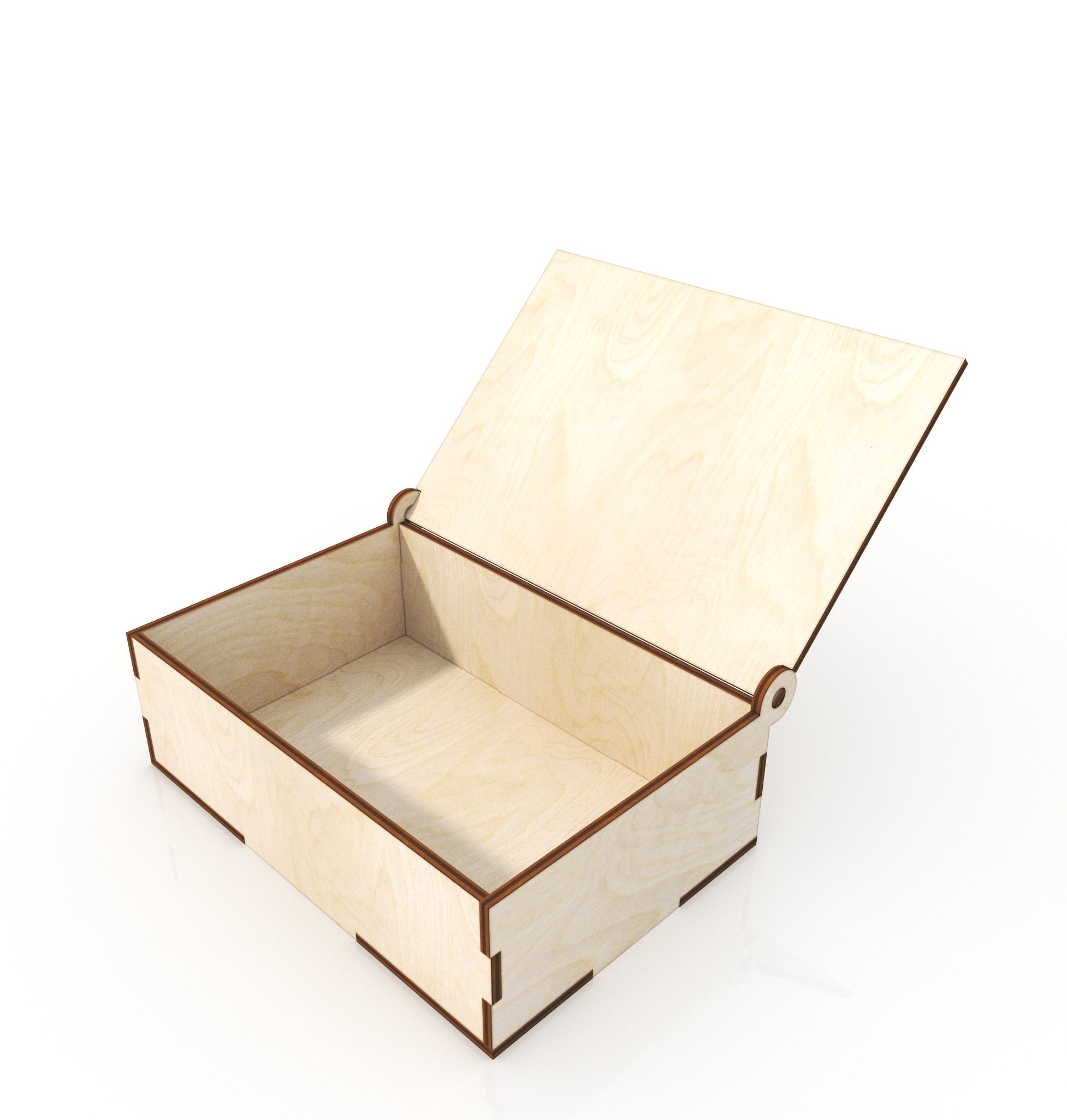
How to Accurately Measure Your Truck’s Height:
This is not a step to skip. A difference of even an inch can be disastrous.

- Park on Level Ground: Ensure the truck is on a flat, even surface to get an accurate reading.
- Use a Measuring Tape or Height Stick: Extend the tape from the ground to the very highest point of your truck. This includes any roof-mounted equipment.
- Account for All Protrusions: Don’t forget satellite dishes, antennae, warning lights, or even a raised liftgate. The highest point is your critical clearance number.
- Consider Future Changes: If you plan to add any roof accessories, factor that into your future measurements.
Always round up to the nearest half-foot or foot when in doubt, and commit this exact number to memory. It should be prominently displayed inside the cab for easy reference.
Identifying Common Overhead Obstacles
Knowing your truck’s height is only half the battle; the other half is knowing what you’re up against. Overhead obstacles are everywhere, often appearing suddenly, especially in unfamiliar areas.
Typical Low Clearance Hazards:
- Bridges and Overpasses: The most notorious culprits. These include railroad bridges, pedestrian bridges, and highway overpasses. They are typically marked with clearance signs, but these signs can be old, damaged, or hard to see.
- Tunnels: Similar to bridges, tunnels have defined entry and exit heights.
- Parking Garages and Structures: Almost universally too low for box trucks. Even surface lots might have overhead signs or beams.
- Drive-Thrus: Fast-food restaurants, banks, and pharmacies often have low awnings or canopies.
- Tree Branches: Especially in residential areas or rural roads, low-hanging tree limbs can cause significant damage to the top of a box truck.
- Power Lines and Utility Wires: While usually higher, sagging lines or those near construction sites can be a hazard.
- Overhead Signs and Billboards: Many signs over roadways or at business entrances are not designed for box truck clearance.
- Construction Scaffolding and Equipment: Temporary structures on job sites or roads can pose unexpected threats.
Always look for posted clearance signs. If a sign is present, trust it. If no sign is present, or if it looks questionable, assume it’s too low and seek an alternative route.
The Grave Dangers of Misjudging Clearance
The consequences of misjudging height clearance extend far beyond a minor inconvenience. They can be financially ruinous, legally complex, and tragically, life-threatening.
Financial and Operational Costs:
- Truck Damage: Ripped-off roofs, structural damage to the cargo box, damaged AC units, antennae, or even bent frames. Repairs can range from a few thousand to tens of thousands of dollars, potentially totaling the vehicle.
- Cargo Damage: Contents of the truck can be crushed, exposed to elements, or spilled.
- Infrastructure Damage: Repairing a damaged bridge, sign, or utility pole can cost hundreds of thousands, if not millions, of dollars. The responsible party (or their insurance) will be held liable.
- Fines and Penalties: Local and state authorities impose hefty fines for exceeding height limits or causing damage.
- Increased Insurance Premiums: Your insurance rates will skyrocket after an incident.
- Operational Downtime: The truck will be out of commission for repairs, leading to missed deliveries, lost revenue, and damaged customer relationships.
Safety and Legal Ramifications:
- Personal Injury/Fatalities: Collisions with overhead structures can cause severe injuries or death to the driver, passengers, or even pedestrians below.
- Legal Liabilities: You or your company could face lawsuits for property damage, personal injury, or wrongful death.
- Regulatory Scrutiny: Depending on the severity, regulatory bodies might investigate, leading to further penalties or even loss of operating licenses.
- Road Closures and Traffic Chaos: A stuck truck can block traffic for hours, causing significant disruption and frustration for thousands of commuters.
Strategies for Safe Navigation
Prevention is always the best strategy when it comes to height clearance. Implementing these practices can save you from catastrophic outcomes.
1. Pre-Trip Planning is Paramount:
- Specialized GPS Systems: Invest in a GPS designed for commercial vehicles or large trucks. These systems allow you to input your truck’s height, weight, and dimensions, and will route you to avoid low clearances, restricted roads, and weight-limited bridges. Examples include Garmin dezl or Rand McNally TND series.
- Route Mapping Apps: While not as robust as truck-specific GPS, some navigation apps (like Google Maps) allow you to report or view known low clearances if users have marked them. Always cross-reference.
- Physical Maps and Atlases: Some state highway maps or commercial atlases indicate vertical clearances for bridges and overpasses.
- Check Local Ordinances: Before entering a new city or town, quickly research any specific truck restrictions or low-clearance zones.
2. In-Transit Awareness and Vigilance:
- Look Up, Way Up: Constantly scan for overhead obstacles, signs, and wires. Don’t just focus on the road ahead.
- Read All Signs: Pay close attention to yellow "Low Clearance" or "Vertical Clearance" signs. They will specify the maximum allowable height. If a sign says "12 FT 6 IN" and your truck is 13 feet, you cannot proceed.
- When in Doubt, Don’t Go: This is the golden rule. If you’re unsure about a clearance, or if the sign seems ambiguous, do not attempt to pass. Find an alternate route, or if safe, pull over and investigate on foot.
- Be Wary of Older Areas: Historic districts, older bridges, and industrial areas are more likely to have lower clearances.
- Account for Road Conditions: Potholes, speed bumps, or uneven terrain can cause the truck to bounce, momentarily increasing its effective height.
3. Tools and Technology:
- Trucker GPS: As mentioned, this is your primary technological defense.
- Height Stick: A collapsible measuring stick that can quickly verify a clearance height before you commit.
- Dash Cam: A dash cam can provide invaluable footage in case of an incident for insurance or legal purposes.
4. Driver Training and Education:
- Mandatory Training: Ensure all drivers operating box trucks are thoroughly trained on height clearance awareness, measurement, and route planning.
- Regular Refreshers: Periodic training sessions can reinforce best practices and update drivers on new technologies or regulations.
- Emergency Procedures: Drivers should know what to do if they get stuck (e.g., hazard lights, call for help, do not attempt to force the truck).
What to Do If You Get Stuck (or Witness an Incident)
Despite all precautions, incidents can still occur. Knowing how to react is crucial.
- Safety First:
- Engage Hazard Lights: Immediately activate your truck’s hazard lights to warn other motorists.
- Assess the Scene: Check for immediate dangers like falling debris, live wires, or fuel leaks.
- Ensure Personal Safety: If safe to do so, carefully exit the vehicle. If not, stay put and await assistance.
- Contact Authorities:
- Dial 911 (or local emergency number): Report the incident immediately. Provide your exact location, the type of vehicle, and the nature of the obstruction/damage.
- Do NOT Attempt to Force the Truck: Trying to back out or push through can cause further, more severe damage to the truck and the structure.
- Document Everything:
- Take Photos/Videos: Capture comprehensive images of the truck, the damaged structure, the surrounding area, and any warning signs (or lack thereof).
- Note Details: Record the time, date, weather conditions, and any witnesses’ contact information.
- Notify Your Company/Rental Agency:
- Inform your dispatcher, manager, or the rental company immediately about the incident. Follow their specific reporting procedures.
- Await Professional Help: Wait for emergency services, tow trucks, and structural engineers (if required) to arrive and safely resolve the situation.
Consequences of Ignoring Box Truck Height Clearance
Understanding the "cost" isn’t just about money; it’s about time, reputation, and safety. Here’s a table summarizing the multifaceted consequences.
| Consequence Category | Description | Potential "Cost" (Examples) |
|---|---|---|
| Direct Financial | Damage to truck, cargo, infrastructure, property. | Truck Repairs: $5,000 – $100,000+ (often total loss). Cargo Loss: Value of goods. Infrastructure Repair: $10,000 – $1,000,000+ (for bridges, signs, utilities). Towing/Recovery: $500 – $5,000+. Environmental Cleanup: If hazardous materials leak. |
| Operational | Downtime, rerouting, missed deliveries, operational delays, reputational damage. | Lost Revenue: $100s – $1,000s per day the truck is out of service. Delivery Penalties: Contractual fines for late/missed deliveries. Customer Dissatisfaction: Negative impact on brand image and future business. Logistical Headaches: Rescheduling, re-routing, additional labor. |
| Safety & Legal | Personal injuries, fatalities, lawsuits, increased insurance premiums. | Medical Expenses: For injured parties. Legal Fees & Settlements: Tens of thousands to millions of dollars for property damage, personal injury, or wrongful death lawsuits. Insurance Premium Hikes: 10-50% or more for years. |
| Regulatory | Fines, citations, driver’s license points, operating restrictions. | Traffic Fines: $500 – $5,000+ per incident, depending on severity and jurisdiction. DOT/Regulatory Penalties: Potential suspension of operating authority or driver’s license for severe violations. |
Frequently Asked Questions (FAQ)
Q1: What is the average height of a typical box truck?
A1: Box trucks vary, but most range from 10.5 feet (for smaller 10-14 ft models) to 13.5 feet (for larger 24-26 ft models). Always measure your specific truck for accuracy.
Q2: How do I measure my box truck’s height accurately?
A2: Park on a level surface. Use a tape measure or a height stick from the ground to the very highest point of the truck, including any roof-mounted equipment (AC units, antennae, etc.). Always round up to be safe.
Q3: Are GPS systems with truck routing reliable for avoiding low clearances?
A3: Yes, truck-specific GPS systems (like Garmin dezl or Rand McNally TND) are highly recommended. They allow you to input your truck’s dimensions and will route you to avoid low bridges and restricted roads. However, always remain vigilant and verify signs, as road conditions or new obstacles can emerge.
Q4: What should I do if I see a low clearance sign that looks questionable or I’m unsure about?
A4: When in doubt, don’t go! It’s always safer to find an alternate route. If you must verify, pull over safely, get out, and measure the clearance with a height stick or carefully estimate if there’s no other option. Never attempt to "squeeze through."
Q5: What happens if I hit a bridge or overhead structure?
A5: Immediately activate your hazard lights and call 911 (or local emergency services). Do not try to move the truck. Document the scene with photos and videos. You will likely face significant fines, liability for property damage, and potentially severe legal consequences and insurance premium increases.
Q6: Does cargo weight affect a box truck’s height clearance?
A6: While a very heavy load can slightly compress the suspension, marginally lowering the truck’s height, this effect is usually negligible for height clearance purposes. You should always use the unladen height or the height with a typical load as your reference, as this slight compression is not a reliable factor to count on for tight clearances.
Q7: Is it okay to deflate tires to gain extra clearance in a tight spot?
A7: Absolutely NOT. Deflating tires is extremely dangerous. It can lead to loss of control, tire damage, and even blowouts, putting you and others at severe risk. Never attempt this.
Conclusion
Box truck height clearance is not merely a technical detail; it is a fundamental aspect of safe and responsible operation. By understanding your truck’s precise dimensions, diligently identifying potential hazards, leveraging specialized planning tools, and maintaining unwavering vigilance, you can mitigate the substantial risks associated with overhead obstructions. The costs of a height clearance incident—ranging from thousands in repairs to potential loss of life and extensive legal battles—far outweigh the minor inconvenience of careful planning and route adjustments. Prioritize knowledge, preparation, and caution, and you’ll ensure that every journey in your box truck is a safe and successful one.
